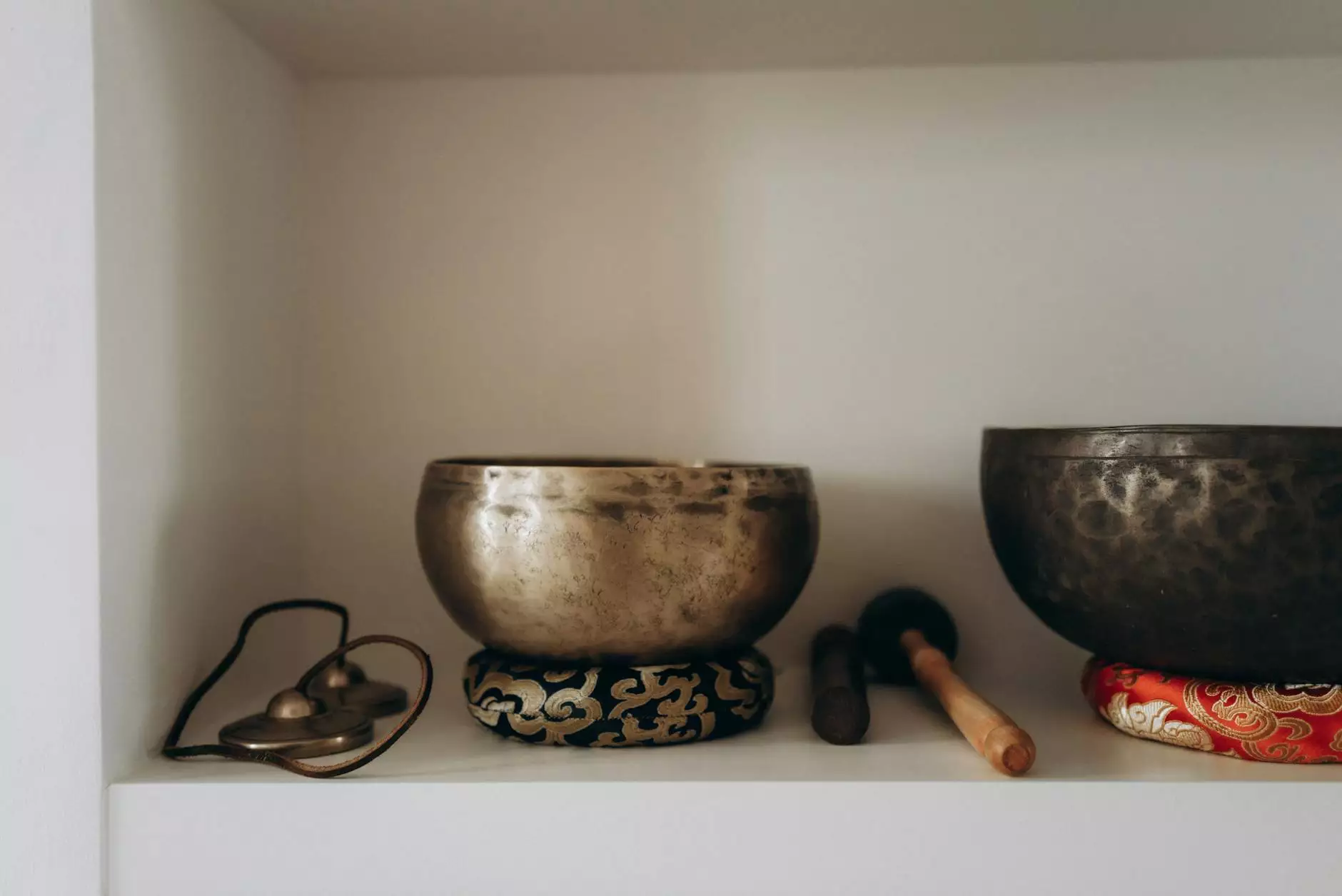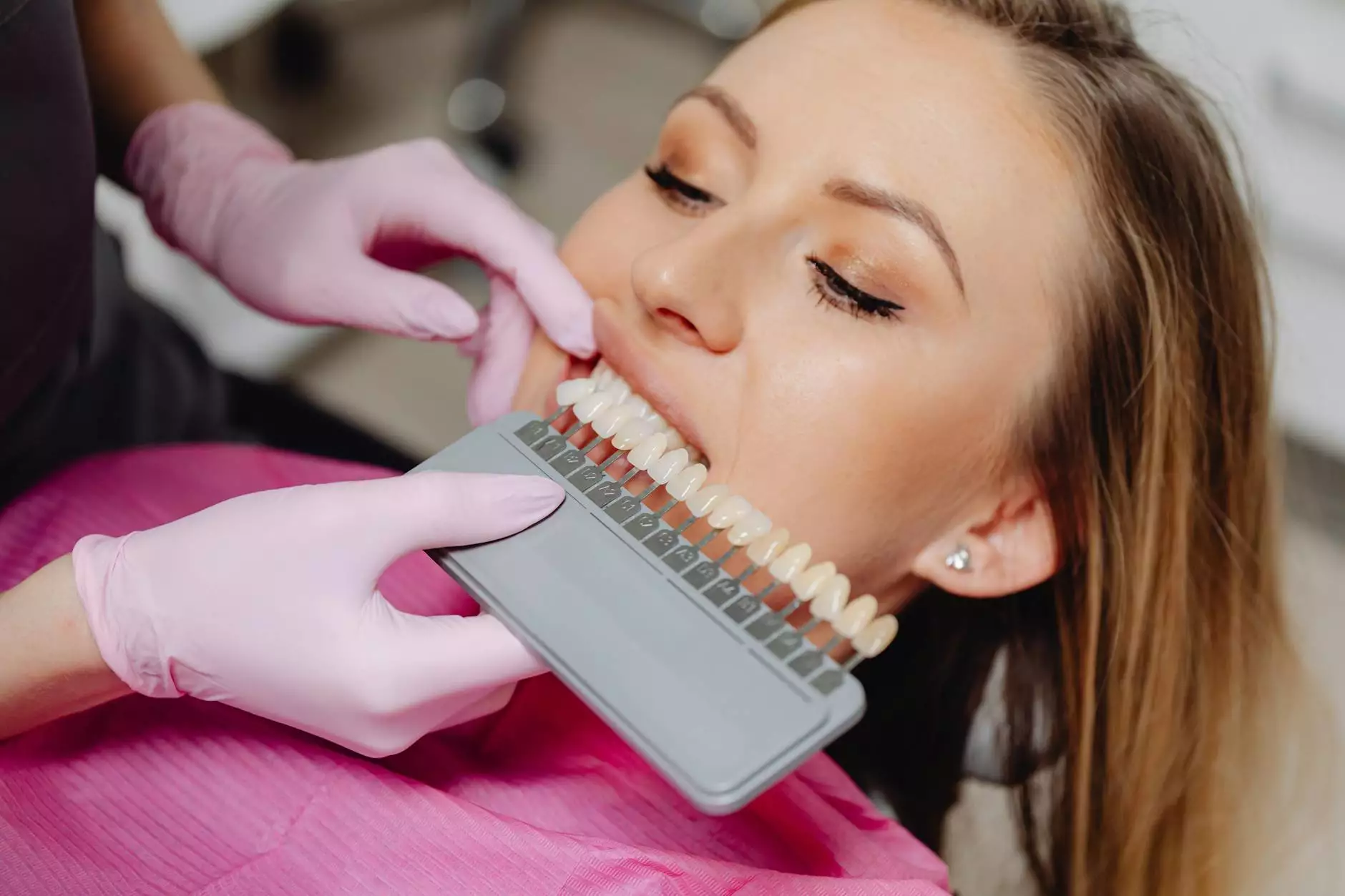Understanding Obstetrics Instruments: Importance and Types

Introduction
In the realm of healthcare, specifically in the field of obstetrics, the role of obstetrics instruments is paramount. These specialized tools are designed to assist healthcare professionals in managing pregnancy, labor, and postpartum care. With advancements in medical technology, the evolution of these instruments has undergone significant progress. This article delves into the different types of obstetrics instruments, their diverse applications, and their critical importance in ensuring safe maternal and neonatal health.
The Importance of Obstetrics Instruments
The significance of obstetrics instruments can hardly be overstated. In environments where precision and safety are paramount, these tools provide the necessary support to healthcare providers. Here are several key reasons outlining their importance:
- Enhanced Safety: Modern obstetrics instruments are designed to enhance safety during procedures, reducing the risk of complications.
- Efficient Delivery: Instruments such as forceps and vacuum extractors facilitate safer and quicker deliveries, minimizing stress on both the mother and child.
- Accurate Diagnosis: Advanced tools help in the early diagnosis and monitoring of various obstetric conditions, ensuring timely intervention.
- Improved Patient Outcomes: By utilizing specialized instruments, healthcare professionals are able to achieve better maternal and neonatal outcomes.
Types of Obstetrics Instruments
The category of obstetrics instruments encompasses a wide range of tools utilized at different stages of the childbirth process. Understanding these instruments can be beneficial for healthcare professionals and expectant parents alike. Below is a detailed overview of some of the most commonly used obstetrics instruments:
1. Forceps
Forceps are one of the oldest tools used in obstetrics. They are usually made of stainless steel and come in various shapes and sizes to fit different birth scenarios. They are primarily used to assist in the delivery of the baby by providing a grip on the baby's head. Indications for use include:
- Prolonged labor
- Fetal distress
- Maternal health issues that prevent effective pushing
2. Vacuum Extractor
A vacuum extractor is another instrumental tool that helps in the delivery of a baby during labor. It consists of a soft cup that creates suction on the baby’s head, allowing the obstetrician to gently guide the baby out during contractions. Advantages of using a vacuum extractor include:
- Less invasive compared to forceps
- Reduced risk of trauma to the mother
- Effective in cases of fetal distress
3. Scissors
Surgical scissors, particularly curved scissors, are essential in obstetrics for performing episiotomies—surgical cuts made in the perineum to enlarge the vaginal opening during delivery. Key uses include:
- Facilitating childbirth in cases where the baby is too large
- Preventing severe tearing of vaginal tissues
4. Hemostatic Clamps
These clamps are utilized to control bleeding during and after childbirth. They are employed to secure blood vessels and minimize blood loss, which is crucial for the mother’s health. Common types of hemostatic instruments include:
- Kelly forceps
- Crile clamps
5. Speculum
An obstetric speculum is used for vaginal examinations and accessing the cervix. During pregnancy, it is crucial for monitoring conditions and performing cervical assessments. Types include:
- Single-use plastic speculums
- Reusable metal speculums
6. Surgical Drapes and Covers
While not instruments in the traditional sense, surgical drapes and covers are essential for maintaining a sterile environment during delivery and other procedures in obstetrics. Key features include:
- Prevention of infection
- Maintaining patient comfort and dignity
Advancements in Obstetrics Instruments
The field of obstetrics is continuously evolving with the advent of technology. New materials and designs are being introduced, leading to improved efficacy and safety of obstetrics instruments. For instance, there are now options for disposable obstetrics instruments, which drastically reduce the risk of infections and cross-contamination in clinical settings. Furthermore, instruments are being designed ergonomically to decrease fatigue for healthcare providers.
Training and Utilizing Obstetrics Instruments
Proper training in the use of obstetrics instruments is vital for any medical professional specializing in obstetrics. This training not only includes hands-on experience with the instruments but also knowledge of when and how to use these instruments effectively. Medical institutions often provide simulations and workshops to ensure that practitioners are confident and competent.
Conclusion
In summary, obstetrics instruments play an indispensable role in the field of maternal and neonatal healthcare. From facilitating safe deliveries to ensuring the health of mothers and babies, these tools are critical for healthcare providers. Staying abreast of developments—specifically at new-medinstruments.com—and understanding the appropriate usage of these instruments can significantly impact health outcomes. As technology continues to evolve, so will the instruments, leading to safer and more effective practices in obstetrics.
Final Thoughts
Awareness and education regarding obstetrics instruments can empower both healthcare professionals and patients. Continuous learning and adaptation to new technologies are crucial for optimizing maternal health and ensuring the best possible outcomes for families.







